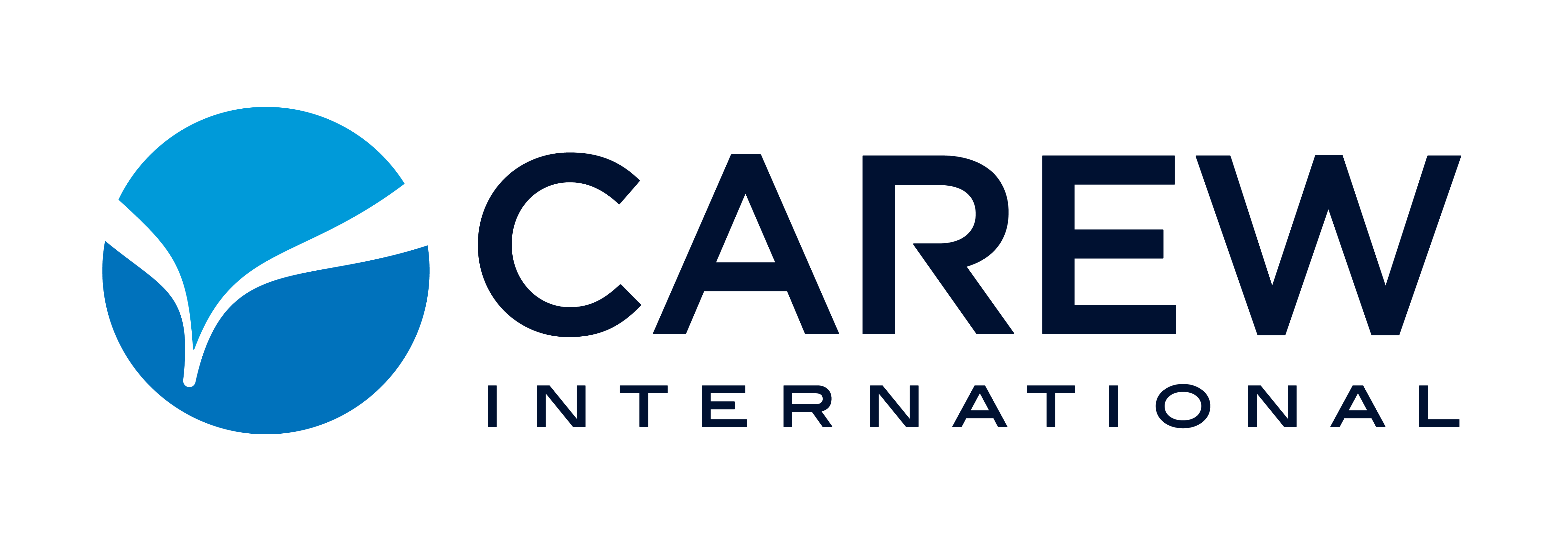You’re investing in training to drive real results – increased productivity, improved skills, and a stronger bottom line. But are you getting the most bang for your buck?
While selecting the right training partner is essential, it’s only the first step. (To gain more insights, check out our latest eBook, “Which Training Partner is Right for You?” below.)

Download our eBook
Choosing the wrong training partner can be costly.
Our eBook helps you avoid that mistake. Download your free copy, learn the key factors to consider when assessing training partners, and make the best decision for your organization.
Yes, you need to choose the right training partner to truly maximize your training ROI and see a genuine impact on your organization, BUT you also need to set the stage for success.
Here are three crucial steps we see companies often overlook…
Secure Leadership Buy-In from the Start
To maximize the impact of your training program, it’s crucial to secure buy-in from the highest levels of leadership. When senior executives actively champion the initiative, it sends a powerful message about its importance and value. This increases participation and engagement and creates a culture where learning and development are prioritized.
Leadership involvement goes beyond simply attending the kick-off event. Leaders should actively communicate the “why” behind the training, connecting it to the organization’s strategic goals and individual employee needs. This helps build consensus, motivates employees, and ensures everyone understands how the training contributes to the bigger picture.
Perhaps most importantly, leaders play a critical role in reinforcing the training after the program ends. This is often when the initial enthusiasm fades, and old habits creep back in.
By consistently communicating the value of the new skills and behaviors, providing opportunities to apply them, and celebrating successes, leaders can help embed the training into the organization’s culture and drive lasting change.
Engage, Educate, and Empower Mid-Level Managers
Mid-level managers are uniquely positioned to champion training initiatives and drive adoption within their teams.
They have a deep understanding of day-to-day operations and can effectively bridge the gap between senior leadership’s vision and frontline employees’ needs.
To maximize their impact:
- Engage and Educate: Equip managers with the knowledge and resources they need to understand the training’s objectives, benefits, and connection to organizational goals. Encourage them to become advocates for the program and address any concerns their teams may have.
- Facilitate Clear Communication: Managers should clearly articulate the purpose of the training and how it will impact their team’s work. They can use a variety of communication channels—meetings, emails, informal conversations—to keep the training top-of-mind and reinforce its importance.
- Provide Ongoing Support and Reinforcement: Managers play a crucial role in ensuring the training sticks. They can do this by providing opportunities for employees to practice new skills, offering feedback and coaching, recognizing successes, and addressing any challenges. This ongoing support is essential for embedding the training into daily routines and driving lasting behavioral change.
By empowering mid-level managers to become active participants in the training process, you create a powerful network of change agents who can drive adoption, reinforce learning, and ultimately maximize the impact of your investment.
Cultivate Excitement and Reduce Resistance
Enthusiasm is contagious. When employees are excited about a training program, they’re more likely to engage, learn, and apply what they’ve learned. However, change—even positive change—can be met with resistance.
To combat this, you must create a positive learning environment.
Build anticipation for the training program by highlighting its benefits and relevance to employees’ roles. Use creative communication strategies to pique their interest and create a sense of excitement. Think teaser videos, internal social media campaigns, or even friendly competitions.
Acknowledge that change can be challenging and address any concerns or anxieties employees may have. Encourage open dialogue and provide clear explanations about how the training will benefit them and the organization.
Design the training to be interactive, engaging, and relevant to employees’ day-to-day work. Incorporate real-life examples, case studies, and opportunities for hands-on practice. This is where customization with your training partner is so necessary! The more enjoyable and applicable the training is, the more enthusiastic employees will be.
Recognize and celebrate both individual and team achievements throughout the training process. This reinforces positive behaviors and motivates continued learning and application.
Don’t let your training investment go to waste. Take these three steps to elevate your next training program: engage leadership, activate mid-level managers as champions, and cultivate an environment of excitement and support. By creating a holistic learning experience, you can unlock the full potential of your training and achieve lasting improvements in employee performance and organizational success.





